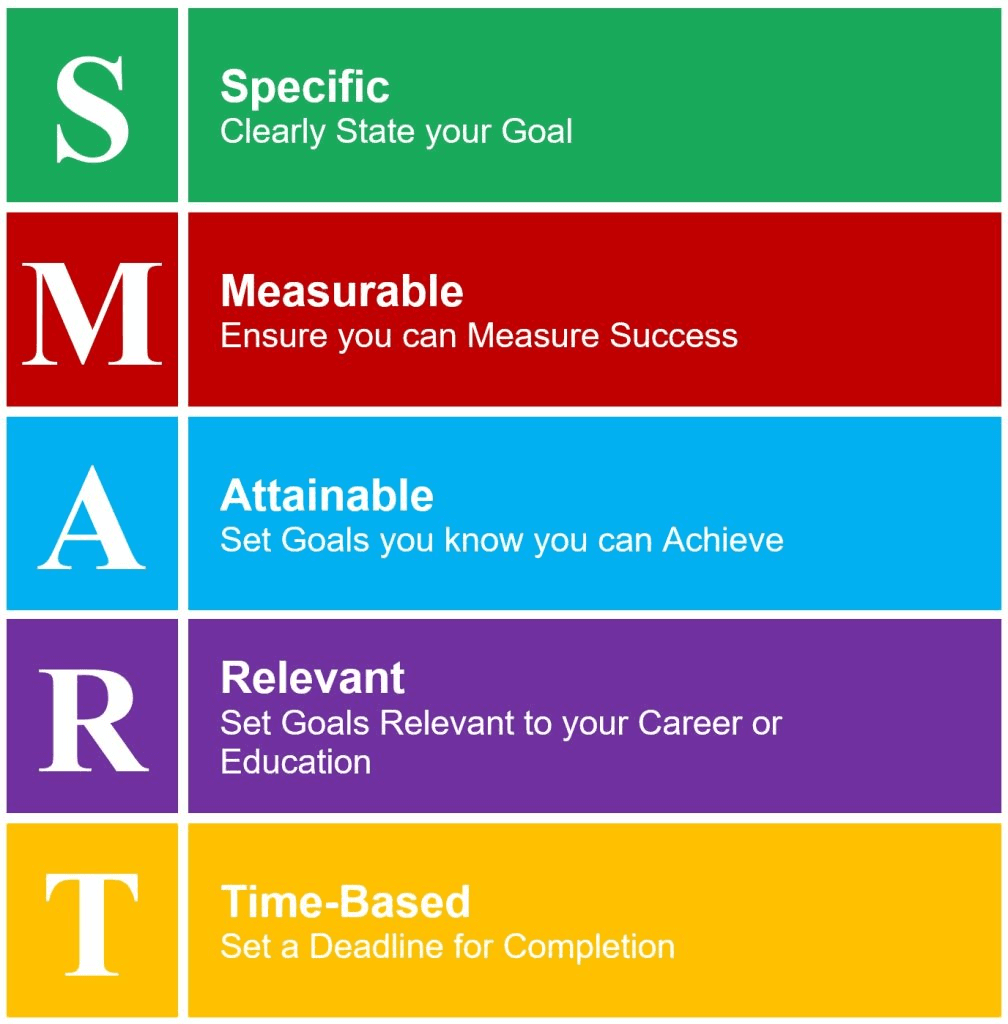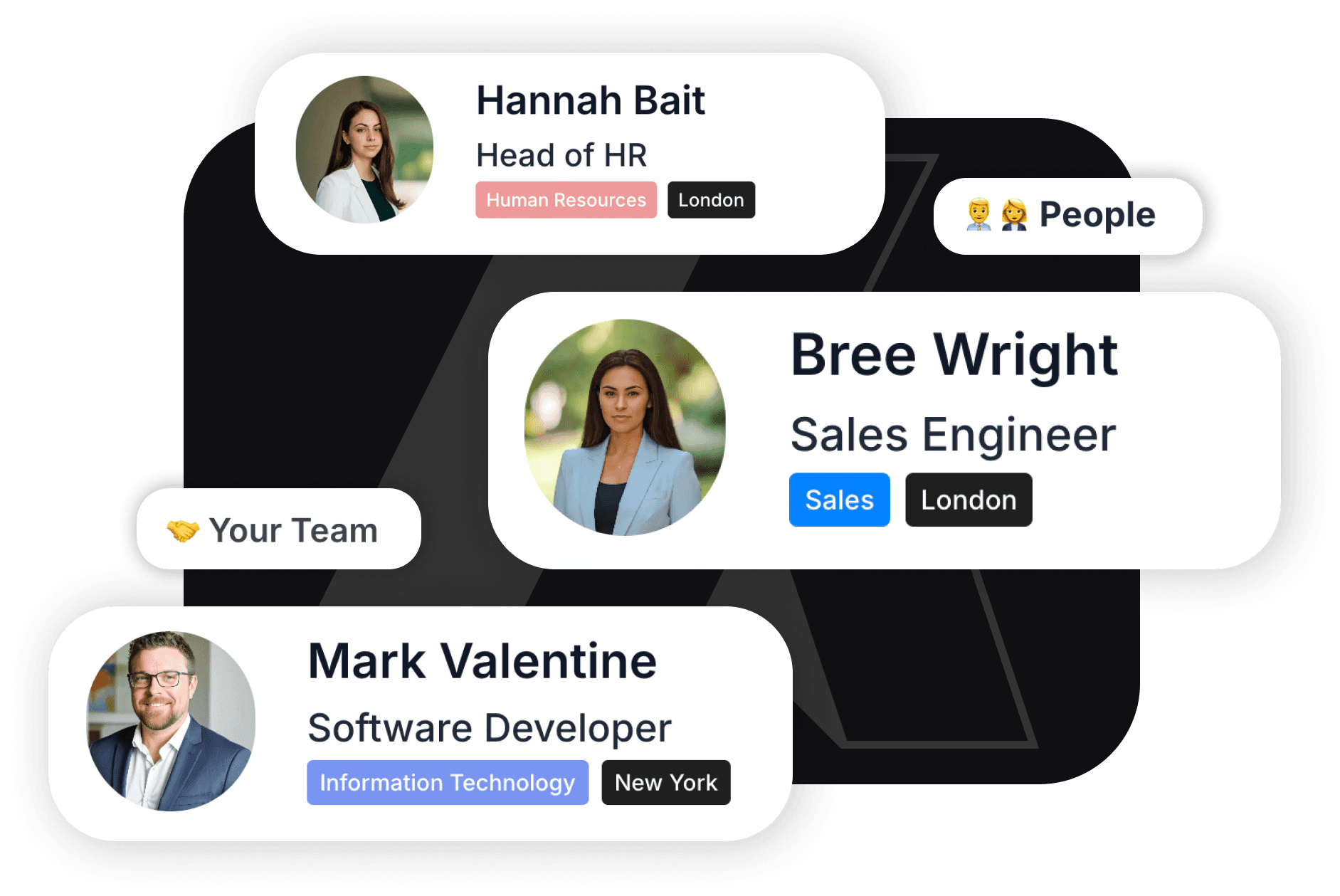How to hold a performance review meeting - Complete Guide
In the ever-evolving landscape of human resources, one crucial lesson stands out: without follow-up, there can be no development. While many companies excel at continuously monitoring and enhancing employee performance, just as many struggle to establish the right process. When it comes to performance management and measuring development, a robust and consistent process is essential.
In this post, we'll explore how to build an effective and sustainable performance review process.
Identify & set clear expectations with SMART
SMART, stands for Specific, Measure, Achievable, Relevant & Time bound. Effective performance management starts by clearly defining the organization's goals and expectations for its employees, and how these align with the company's overall development. For maximum effectiveness, These should align with the SMART framework. Working with and towards well-defined goals makes it easy for both employees and management to understand what is expected and how success will be measured.

Smart Goals from Helpfulprofessor
Prepare thoroughly with historical data
Preparation is key to a successful performance review, the classic quote always rings true here - 'fail to prepare, prepare to fail'. Here's our tips on how to prepare before building out your performance review structure & questions.
Gather relevant data: Collect information about your employee's performance, including past reviews, achievements, and any issues that may have been previously raised.
Review goals: Examine the goals set in the previous review and assess progress.
Identify talking points: Prepare specific examples to illustrate your feedback.
Set the right tone
Performance reviews can be stressful for some people. An easy way to put your employees at ease so that they can digest their feedback critically is to ensure you use the correct tone when framing your questions. It's important that your performance review is a comfortable environment for open dialogue, and not an opportunity to criticize or berate an employee.
Choose a private, quiet location for the review.
Start with positive feedback to put the employee at ease.
Emphasize that the review is a two-way conversation, not just a top-down evaluation.
Approach negative feedback critically, and suggest ways to improve
Provide Balanced Feedback
This can be the hardest part to get right. You need to find a balance in providing positive reinforcement whilst exploring some of the more negative aspects of an employees performance. A good way to handle this is by offering a constructive criticism immediately followed with positive reinforcement.
Use specific examples to illustrate your points with factual data.
Don't make it personal - focus on behaviors and results, not personality traits.
Provide feedback on negative points that is both actionable and future-oriented.
Encourage Self-Assessment
Offering the employee an opportunity to evaluate their own performance is something we encourage, and our performance review builder provides you the option to enable this.
Have them discuss their achievements and challenges.
Encourage them to identify areas for improvement.
Compare the employees self-assessment with the manager evaluation to identify any perception gaps.
Create a Development Plan when necessary
If there are areas that need serious improvement, work together to craft a plan for the employee's growth to ensure they can align with company and team objectives:
Clearly identify skills or competencies that need improvement.
Discuss training opportunities or resources available both internally & externally.
Set milestones & follow-ups for check-ins on progress on development goals.
Address Any Concerns
Provide a platform for the employee to voice any issues:
Listen actively to their concerns or questions.
Offer solutions or support where possible.
Be open to feedback about your management style or company processes.
Summarize and Document
Conclude the review by summarizing the key points:
Recap the main feedback, goals, and action items.
Ensure both parties have a clear understanding of next steps.
Document the review thoroughly for future reference, this will also help you keep track of changes in the employee performance between review periods.
Follow Up & Compare
The review process doesn't end when the meeting does, it's important to follow-up in then next review cycle and compare to previous performance to ensure growth is evident.
If necessary, schedule regular check-ins to monitor progress on goals and development plans. We recommend monthly if poor performance is a concern.
Provide ongoing feedback and support between formal reviews.
Be prepared to adjust goals or plans as circumstances change.
Build effective performance reviews with Adapt HR
At Adapt HR, we understand the importance of well-structured performance reviews. Our platform offers all the features you need to build out effective performance reviews:
Custom Form Builder: Design fully customisable performance reviews tailored to your organization's needs.
Versatile Question Types: Utilize text, rating scales (1-5), single choice, and multiple choice questions for comprehensive assessments.
360-Degree Feedback: Gather insights from multiple perspectives by assigning different performance review managers
Automated Reminders: Ensure timely completion of reviews and follow-ups for both managers & employees
By following these steps and utilizing the right tools, you can create and hold performance reviews that drive meaningful growth and development within your organization. Remember, the key to effective reviews is open communication, clear goals, and a commitment to ongoing support and improvement.


